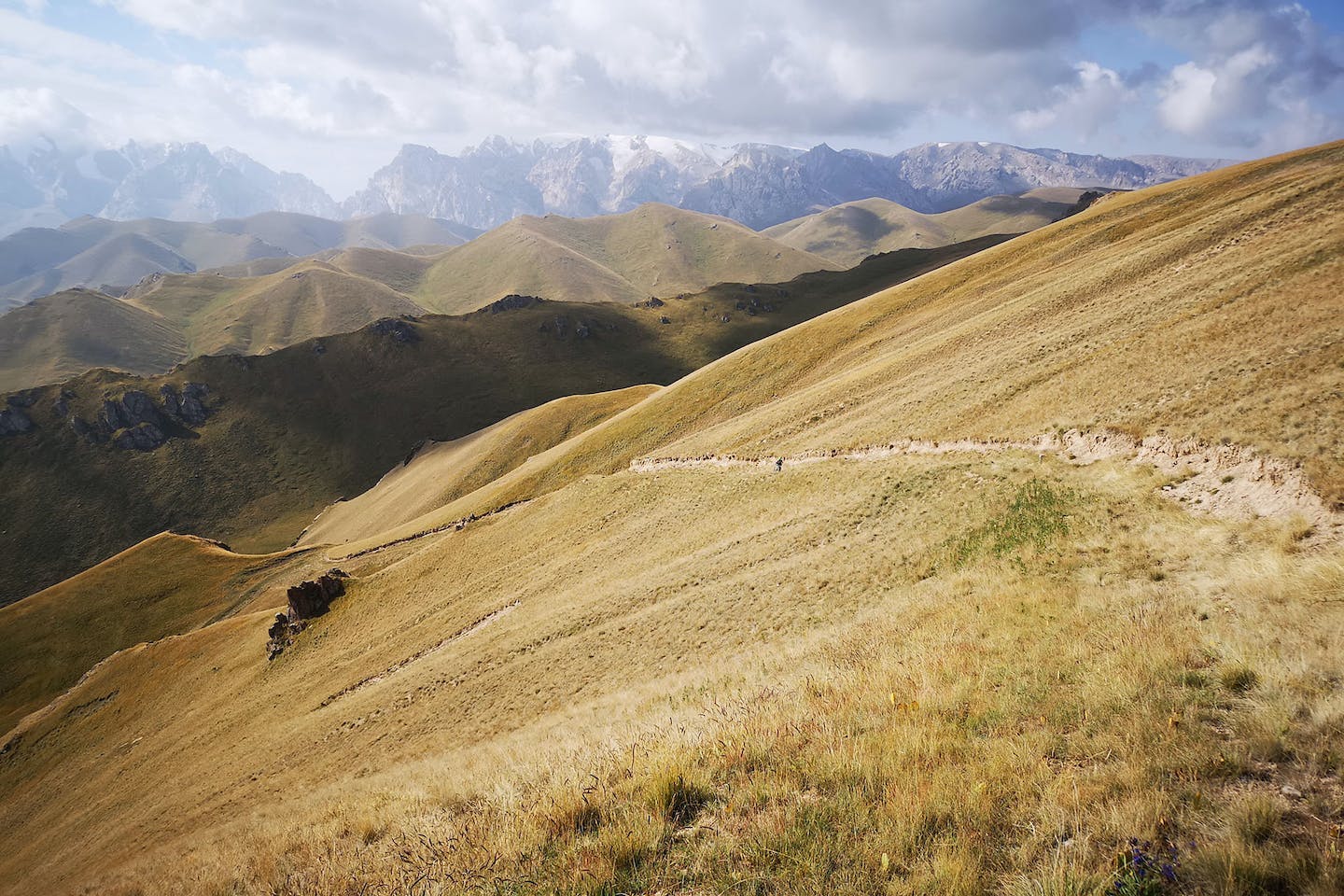Trouble On The Silk Road
Words: Pete Harrington
Photos: Pierre-Arnaud Le Magnan
In the distance, a dog barked. For the riders slumped on the ground, the sound barely registered. “We honestly thought we wouldn’t make it out of that swamp,” says Silk Road race entrant Pierre-Arnaud Le Magnan, Skyping in from his home in Hong Kong after completing August’s unsupported, single-stage cycling race through the mountains of Kyrgyzstan, one of only 29 finishers out of 95 starters.
When you’re almost 4000 metres above sea level, normal rules no longer apply. In the grip of hypothermia and exhausted from a nighttime trek across fifteen kilometres of freezing, boggy ground riven with deep water channels that threatened to turn unsuspecting feet and freeze unwitting hands, Pierre, vying for the lead and navigating the swamp alongside a fellow race entrant, began to realise their situation was dire. “We took most of our clothes off when we got to streams so we wouldn’t have to ride wet once we made it to the other side. The problem was that the first body of what we got to was 150m wide, waist high and fast moving. And we had no idea how long the swamp would go on for. Finally, after four hours of hike-a-bike in sub-zero temperatures, I hit my limit. I couldn’t go on,” he says, shrugging with resignation. “Because of the cold and altitude, my friend’s face, hands and feet had started to swell with hypothermia and mountain sickness. At that moment, I knew we were not going to make it. But then out of the pitch black, almost outside of consciousness, we heard the bark of a dog, soon followed by the arrival of a wary shepherd. ‘What are you doing here?’ he might have said – the language was not our strong suit. Well, at that point we weren’t sure why we were there, but he took us to his home on the far side of the swamp, and the warmth of his hut revitalised us. Still, it took a full 24 hours before we began to feel in any way normal again,” he recalls. “And by that point, we no longer cared about winning the race. We just wanted to finish safely.”
Put on a bike race in a far-flung location, and there will undoubtedly be difficulties. But Pierre believes that despite the prep and planning of the race organisers who seemed well aware of the course and its dangers, the whole swamp area should have been declared a Dark Zone – mountain parlance for a No Go Zone at night. “A mountain is not fixed and stable – it’s alive,” he explains with the experience of a seasoned ultra distance competitor. “When you combine altitude, freezing temperatures and difficult terrain, and serve it all up at night, it becomes a deadly cocktail. Zoning off the area to prevent nighttime crossings would have been the safest thing to do.”
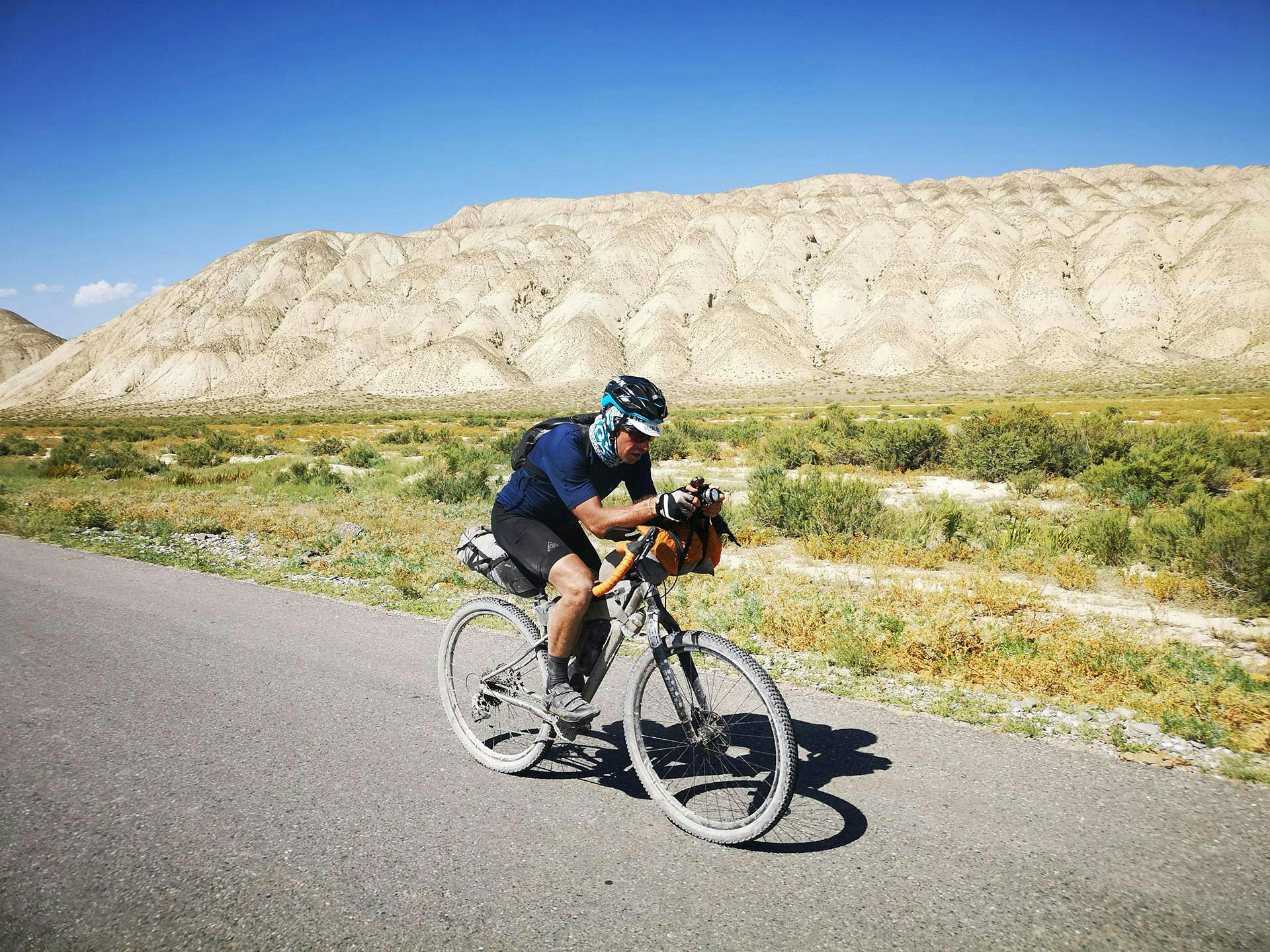
Problems aside, Pierre still thinks that Kyrgyzstan is a great place to go ride bikes. “The scenery, the rivers, the light – it’s a spectacular country,” he enthuses. “And it’s a place full of variety. On one day you can ride a straight road through the desert for 50 kilometres, on another, traverse vertigo-inducing mountain passes, cornering seemingly endless switchbacks as you make ascent after ascent.” Avoiding the swamps? “Yes,” he laughs. “No more swamps for me.”
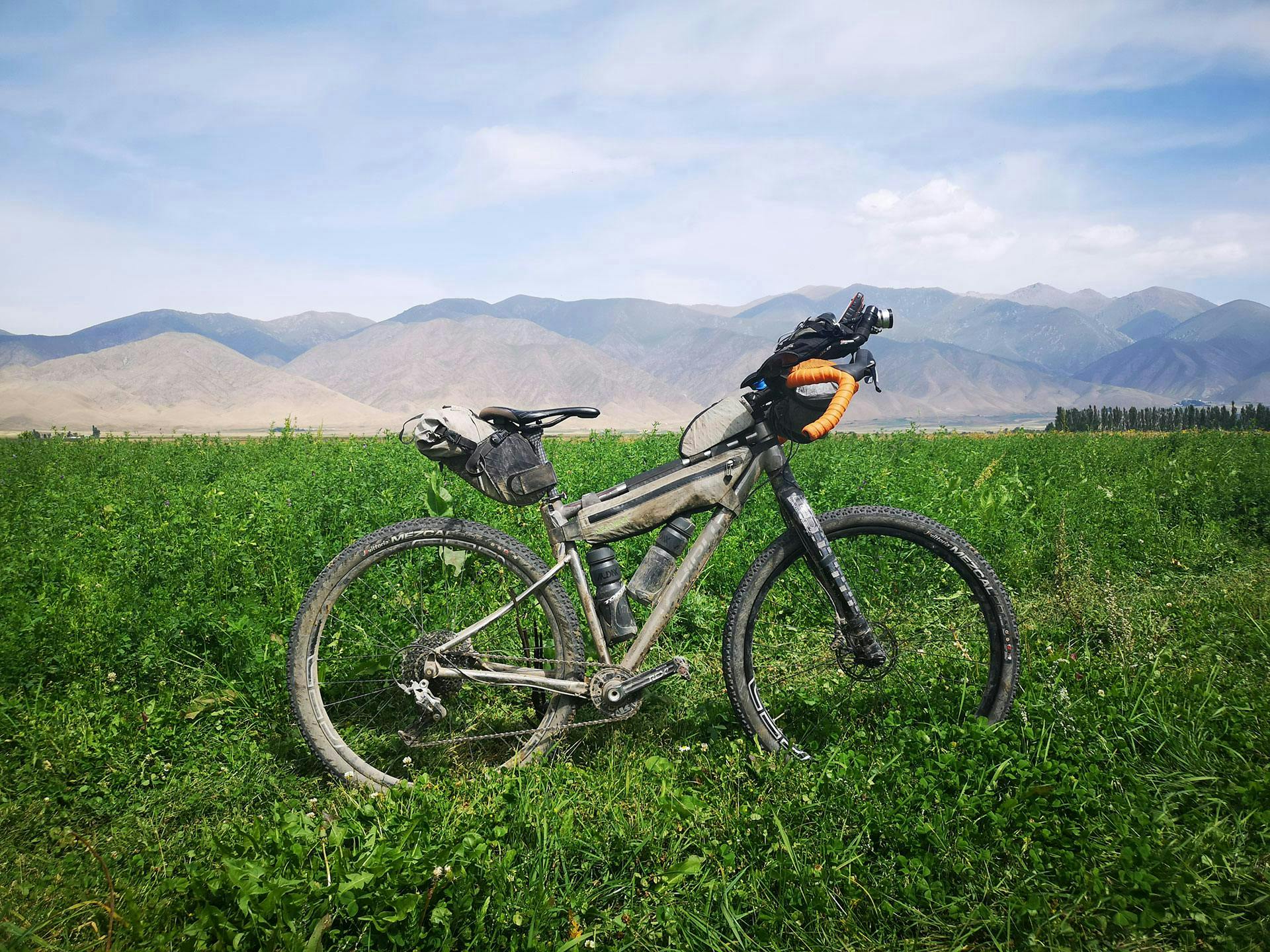
Kyrgyzstan might be a world away from where 7mesh rides and designs its apparel, but forewarned of the conditions, Pierre decided to go with the Revelation as his main event outer layer. When asked how it performed, he doesn’t hold back. “That jacket is amazing,” he enthuses. “The weather shifts so quickly out there. If you make the wrong choice, you could be changing your layers every two hours. Take the rain as an example – at 3000 metres, the temperature can drop 20°C (68°F) in minutes. How are you going to adapt to that?” he laughs. “And there’s very little coverage, so you have to rely almost completely on what you’re wearing to keep you warm and dry.”
What’s striking from listening to Pierre is how he teased out every gram of performance from the Revelation, using it not only in the cold but keeping it on even as the temperatures climbed. “So this jacket, what’s great with it is you’ll have the zippers for the ventilation of the side and on the sleeves, which really give you a bigger range of options,” he explains. “That means you don’t need to remove it when you get warmer; you just need to open the zippers. And if it gets even warmer, you can ride with the jacket fully open, along with the side zippers, and you get a lot of ventilation.”
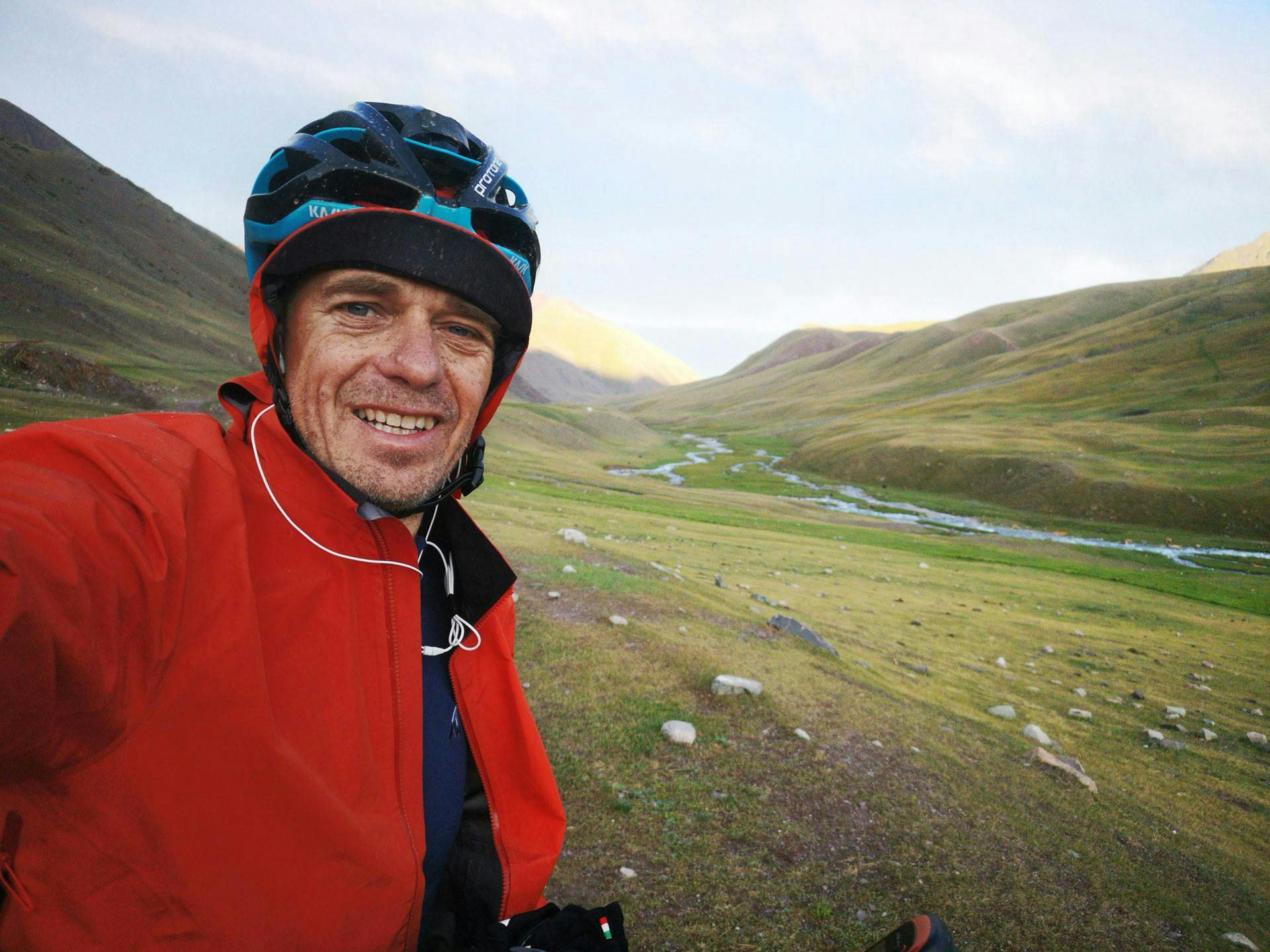
Finding himself frequently climbing in 5°C (41°F) temperatures, Pierre matched the Revelation with the Ashlu Merino jersey for a wide-span solution to early morning rides and late finishes. “The Ashlu is just so nice,” he says. The weight is perfect, it never smells, even with repeated use, and it holds the warmth so easily. Definitely a great, easily packable and low weight match for the Revelation.”
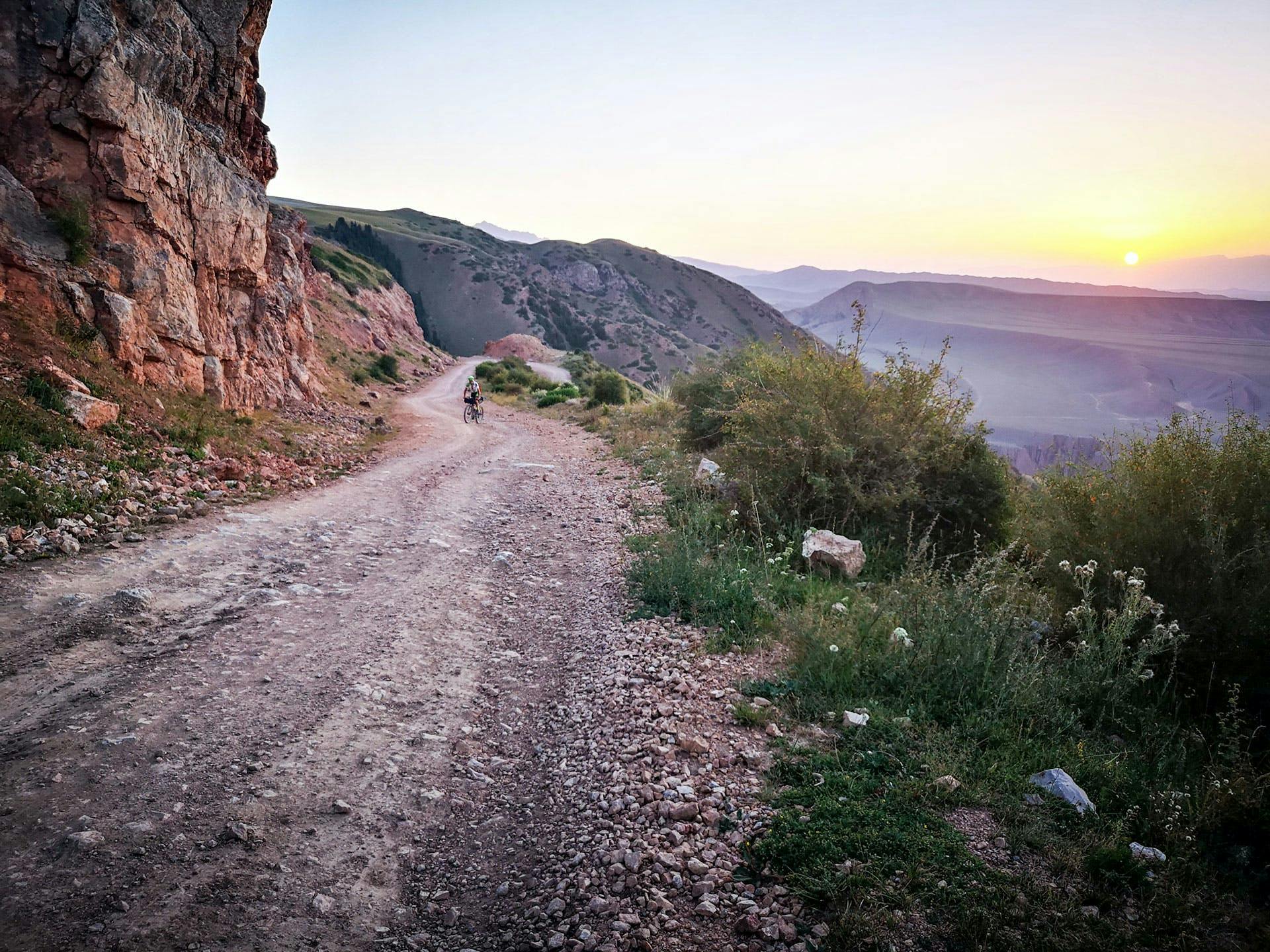
Riding in a multi-day event is no photoshoot. Add up the miles, and before long, things will itch. Nipples may chafe. Combine these many assorted ailments, and what started as irritation can quickly snowball something much more severe. But for Pierre, a top-three finisher in the 2017 French Divide, such things are banished by the right kit, experience, and, coconut oil. “On every ride, I carry virgin coconut oil,” he explains while we take notes. “It’s a very powerful antibacterial, natural product. I also have a chamois cream with tea tree oil, and use a combination of them both over long rides in hot, humid conditions to prevent problems.” Riding in the MK2 bibs, complemented by the Strata 3/4 Tight when the conditions called for DWR Thermoroubaix® warmth, Pierre had plenty of time in the saddle to evaluate the second iteration of our popular bib short. “You don’t have to remove the bibs to pee or whatsoever, so it’s a great fit on that one,” he says, ticking off a benefit that only a rider used to competing against the clock would mention before fit and comfort. “The leg grippers, the fitting of the side is also perfect. The straps don’t impede your upper body or you know, scratch on the nipples or whatsoever. So it’s a pretty light construction on the top, but also quite light as a whole. And of course, the pad was flawless – very comfy. The best thing I can say is that I didn’t have a single issue in the saddle.”
For more information about Pierre’s set up, including his bike brand Chiru, visit http://www.chirubikes.com/.
